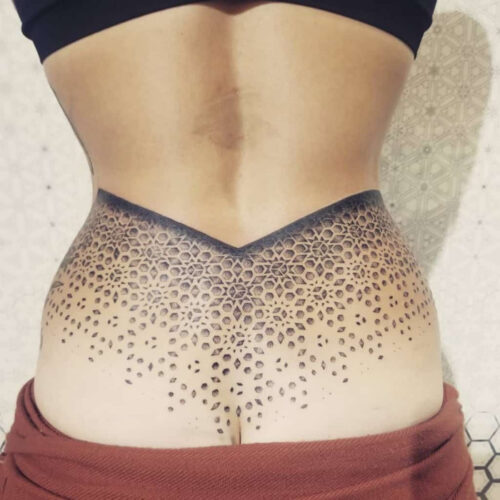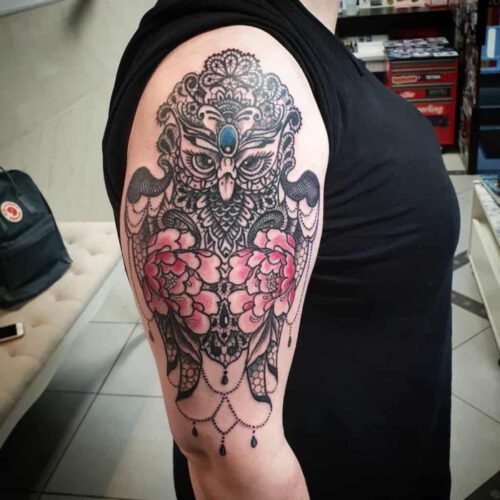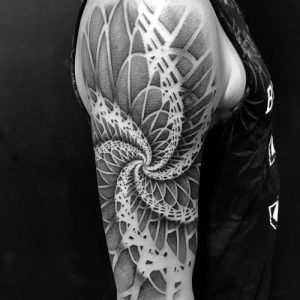Clothing is fundamental to human existence, as unique and defining as art, religion, and science. As humans are creators of meaning, it is not surprising that clothing is often filled with cultural significance. Of all the different textiles, there is no fabric with as much meaning and significance as lace.

Lace is unique in the dichotomy it represents. It is both a symbol of purity and innocence and, at the same time, a powerful icon of female sexuality. The traditional white wedding dress, heavily laden with lace, has long been a symbol of purity. At the same time, some of the most provocative lingerie garments almost always feature lace.

The history of lace dates back centuries, with early versions created by hand using intricate patterns and techniques. Lace was a status symbol in Europe during the Renaissance, with only the wealthy able to afford the delicate fabric. Today, lace is still associated with luxury and elegance, often used in formal wear and high-end lingerie.

Lace has also been used in various cultural traditions, such as the Spanish mantilla, a lace veil worn during religious ceremonies. In China, lace has been incorporated into traditional clothing, such as the qipao, a form-fitting dress with a lace collar and sleeves.

Lace has also been used as a symbol of rebellion and counter-culture. In the 1970s, punk fashion often incorporated lace into their clothing, subverting traditional gender norms and expectations.

The cultural significance of lace in clothing extends beyond just fashion. It has also been used in art, literature, and even music. The delicate and intricate patterns of lace have inspired artists and writers for centuries, while lace motifs have been incorporated into songs and musical compositions.

In conclusion, lace is a fabric with deep cultural significance, representing both purity and sensuality. Its use in clothing dates back centuries and has been associated with luxury and elegance. Lace has also been used in various cultural traditions and has even been subverted by counter-culture movements. Its delicate and intricate patterns have inspired artists and writers for centuries, making it a symbol of beauty and creativity.






